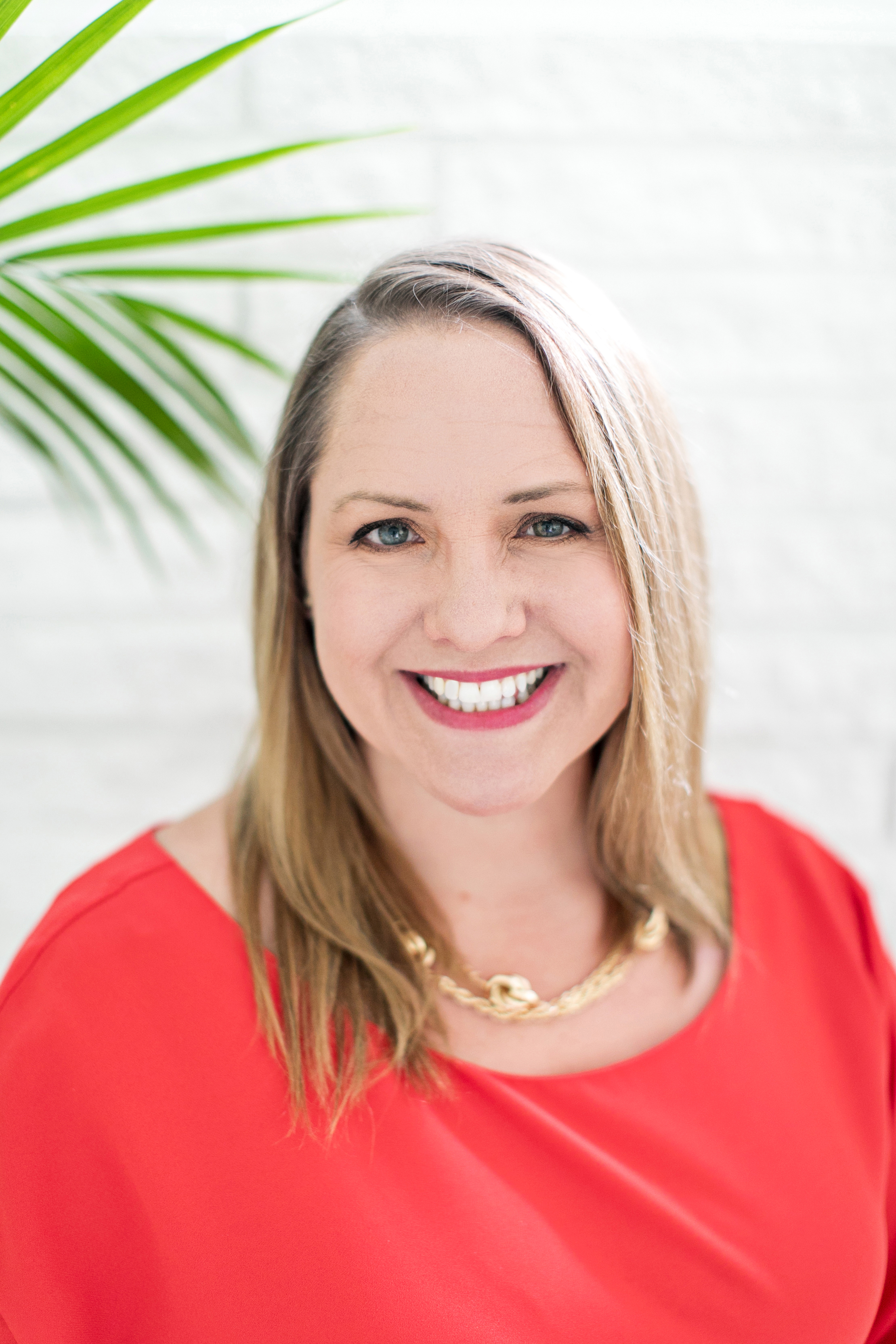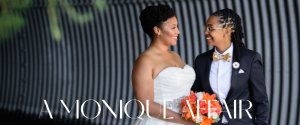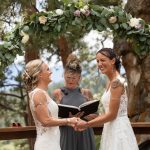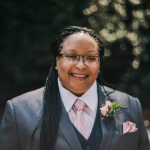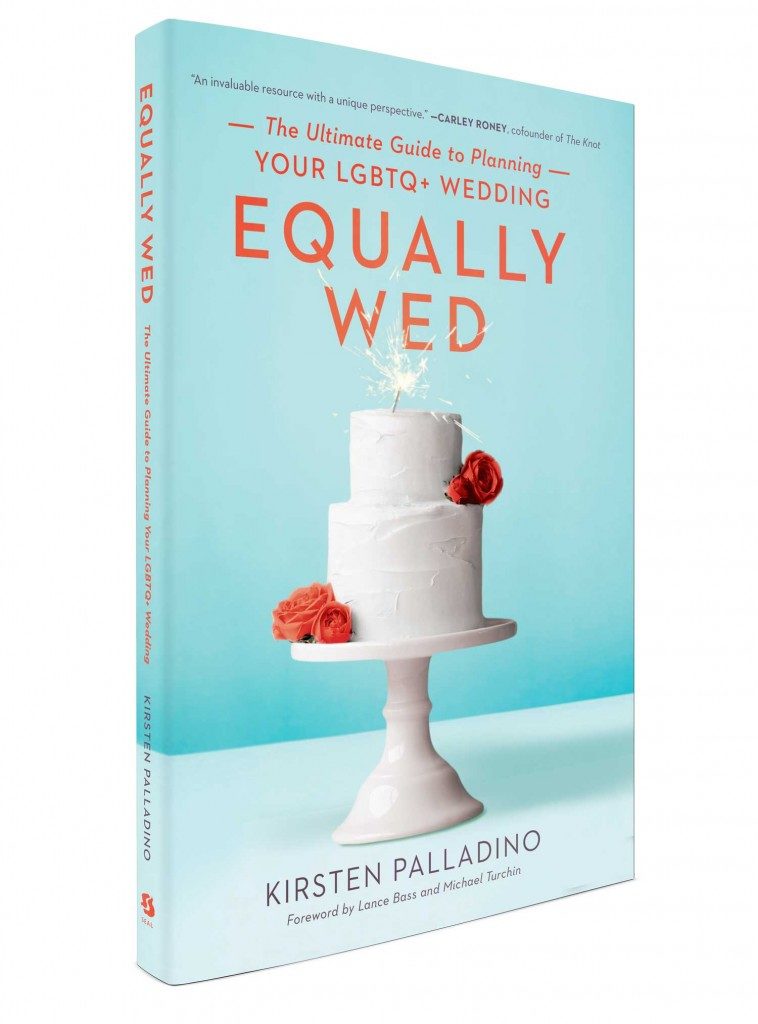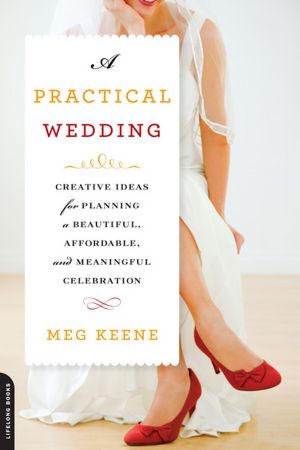
Two weeks into her engagement, Meg Keene came across a blog promoting budget-friendly wedding invitations that cost $2,000. She burst into tears. A former theater events producer, Keene thought she had it in the bag when it came to planning a wedding on a shoestring budget, but she quickly realized this was a different beast all together.
Already, the expectations for what she should be spending on her wedding details were pushing her over the edge. Her husband-to-be, David, encouraged her to work through all her frustrations by starting a blog. APracticalWedding.com (APW) was born. The site, launched in 2008, all written in first-person (as most blogs are) delves into wedding planning, features of real couples’ weddings, tips, stories from readers and refreshingly honest opinions from Keene and Team Practical. Three years later, Keene decided to write a book for all couples searching for a realistic guide to planning their weddings. We caught up with the author of A Practical Wedding: Creative Ideas for Planning a Beautiful, Affordable, and Meaningful Celebration in an Atlanta hotel lobby during her month-long book tour.
Sporting a comfortably chic denim skirt, tights and a striped T-shirt, a curly-headed Keene already seemed practical. I curled my legs up into my chair and relaxed as we spoke candidly about weddings, marriage equality, gays and lesbians and the almighty ever-hovering wedding budget.
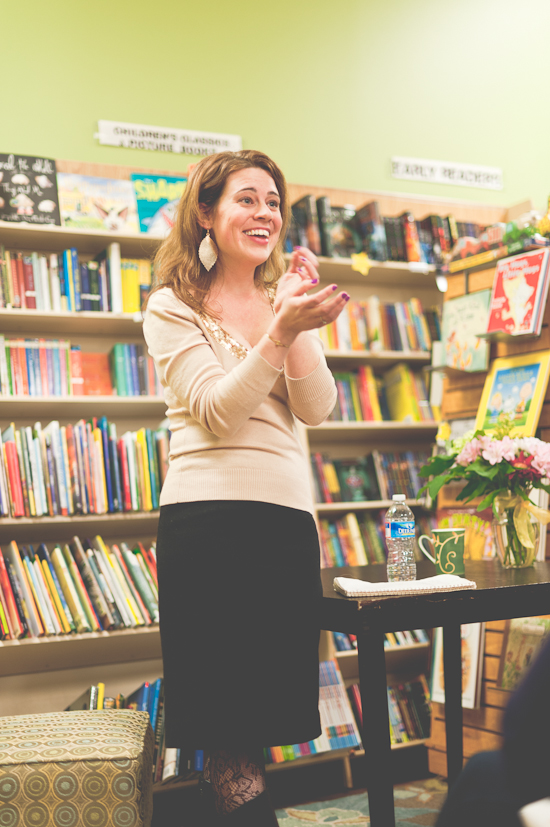
Meg Keene, author, in Washington, D.C. on her book tour for A Practical Wedding
Photo: Hart & Sol West
LOVE IS LOVE
Keene is quick to tell me A Practical Wedding and the accompanying book is about wedding planning for everyone. The blogger recalls one of the most controversial posts that ever ran on APW, which was written by a bisexual woman, who had been married to a man and a woman, and was giving her take on what she learned from each relationship. A comment resonated with Keene: Someone wrote that she was surprised to see this on a wedding blog for straight people. Keene was flabbergasted. She never intended her site to be heterosexual in nature, and in fact, had taken great lengths to make sure she included gays and lesbians in her site’s wedding coverage, as well as offer information on supporting marriage equality.
Keene has been a champion of marriage equality and gay rights as a whole since the early ‘90s, when her parents were involved in the Open and Affirming Movement, which was a progressive decision in the Protestant faith to actively welcome members of the LGBT community to worship in their church. Keene also broke new ground at her conservative high school when she took a girl to a dance. The writer says, “I wouldn’t really consider myself bisexual, but I think I was just emotionally equipped to do it.” Her actions had a ripple effect, and several students took same sex dates to dances, allowing them to more publicly own their sexual identity. She had a close friend attempt suicide six or seven times because of his gayness, so the idea of staying in the closet and not being proud of who one is is “super personal” to her. The converted Jewish writer and her husband even joined a gay synagogue in San Francisco, where they make their home. Straight people are welcomed with love.
It’s this activism streak in Keene that drove her to keep A Practical Wedding gender neutral. “I didn’t want to use hetero-normative terms throughout my book,” she says. “And I didn’t want to just have a chapter on gay weddings, either. For me, this was a purely political strategy. I felt like some people might not buy the book if there was a chapter for gays and lesbians.” However, if she used terms such as ‘partner’ throughout the chapters and never assumed in any instance that the couple would be comprised of one bride and one groom, she felt she could open more hearts and minds in the war for marriage equality.
THE MONEY SHOT
For all engaged readers, Keene says the chapter that shouldn’t be missed is the one on budget. “There’s a lot of shame in talking about money,” the blogger tells me. So we talk about that and the heavy truth of that statement. “You can’t compare a $10,000 wedding in San Francisco to one of the same price in, say, Kansas,” says Keene. You’ll be able to buy a lot more with the same amount of money in a smaller town as opposed to a wedding in a big city, where venue rentals and services are all driven high by the cost of living. In her book, Keene writes that when deciding your budget, you need to consider two questions: “How much does a wedding cost?” and “How much is my wedding going to cost?” The practical thinker advises, “Though it’s helpful to get an answer to the first question, try not to get it confused with the answer to the second question.” Weddings are hopelessly expensive—from feeding everyone to pulling out all the stops to wow your guests with the best flowers, cake, venue, attire and overall party that you can afford, or at least what you feel comfortable spending—which really varies for everyone. In A Practical Wedding, Keene outlines the important components, from researching wedding costs to figuring out who is going to help you pay for it (in the LGBT community, that responsibility often lays solely with the couple) to putting your budget on paper to making hard decisions to the “occasional happy splurge.” One of my favorite parts of the chapter is a cameo essay by Dana LaRue, creator of The Broke-Ass Bride, who writes, “Don’t confuse ‘expensive’ with ‘better.’” With Keene and her team, it’s all about promoting an insanity-free wedding; it can happen for you.
A Practical Wedding: Creative Ideas for Planning a Beautiful, Affordable, and Meaningful Celebration (Lifelong Books, January 2012) by Meg Keene is available at Amazon.com and national retailers. Learn more about Meg Keene at Apracticalwedding.com.



